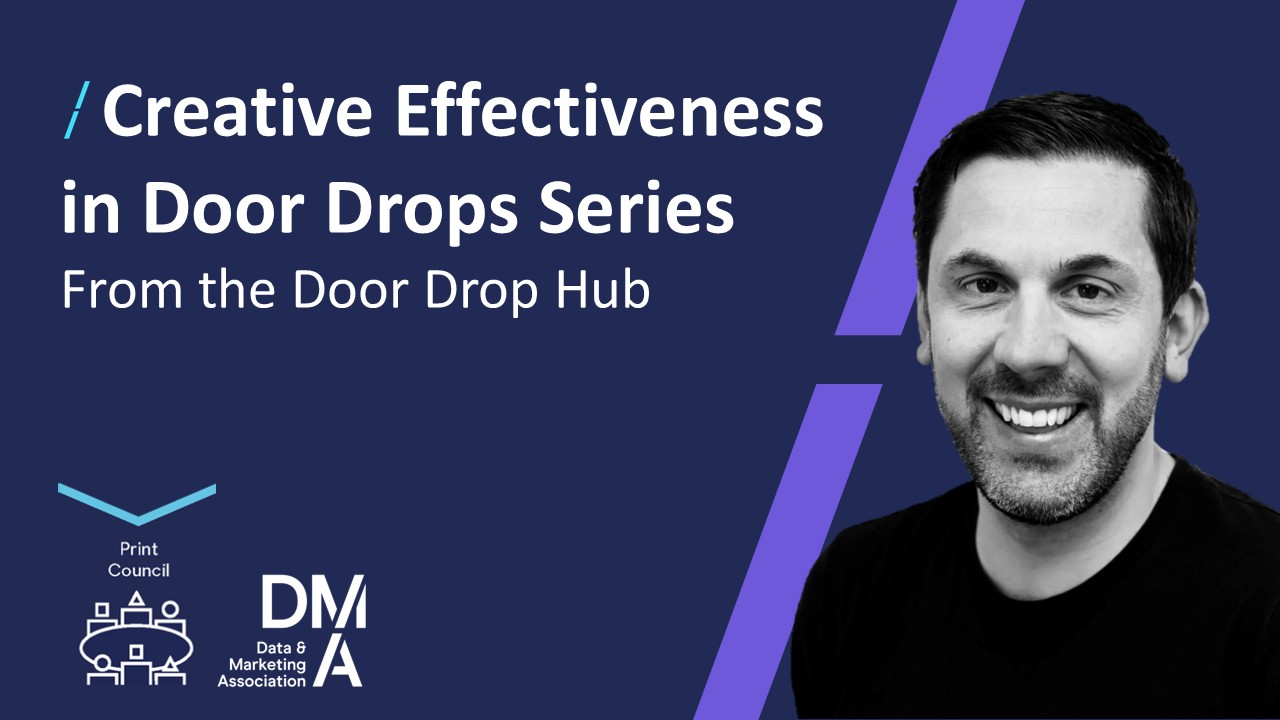Pull 2015: To ROI or not to ROI
20 Mar 2015

The opening session at Pull 2015 explored these two areas – ROI and attribution
Measuring campaigns has always been problematic. The adage that half of marketing is wasted, but not knowing which half has continued to be true. As marketing is increasingly digital, there is so much more to measure, but also more complexity and difficulty in attributing behaviour to sales
According to Mike Colling, founder and chief executive of MC&C, ROI is essential if marketers are to be taken seriously. “Look at the stats – of the Fortune 100 companies, less than 4% of board positions are filled by CMOs.
“Two People on every board are CEO and finance director - both want to know before they make an investment what the return on that investment will be. There are so few CMOs because they do not engage in the same way and with the same language as their peers.
“If you want dependable budgets, you have to have a base metric to engage with your peer group as a peer. ROI is not be all and end-all. You can layer things on top of it. But as a foundation - without it your campaigns are built on sand,” he said.
Anne Byrom, campaign delivery manager at The Co-operative Group agreed, but said you needed more nuance. “For credibility, you have to talk the language of finance. But, ROI is business-centric measurement, and tells you nothing about engagement or experience.
“Part of the debate is that ROI can be difficult to measure or realise. Campaigns are often reviewed against objectives that are not always sales, such as awareness."
Anna Foster, data director at TMW said, “ROI is a blunt instrument. ROI is very binary, a black and white target. Also, there is a proliferation of channels. It's not all about money, but engagement, behavioural change, etc. Nuance is more interesting to measure. If we have to prove ROI for everything, we would never evolve.
“The nuance of marketing is not satisfied by following the numbers. It's better to look at customer lifetime value, but vanity metrics are easy,” she said.
Ryan Davies, head of CRM and loyalty at Mothercare said, “We do look at ROI. Nothing focuses your mind better than joining a business that lost £100m the year before. You have to get it back on an even keel. We had to focus on the customer."
“Starting to change the way we attribute and go beyond the channel, the session, but looking at the journey to get there. If I sell a pushchair to someone who is seven months pregnant, the journey might have started two months before. This changes the way you view ROI. Are we looking at ROI properly?”
One thing the delegates agreed on is that this change from measuring campaigns to measuring customer lifetime value is a good thing.





Please login to comment.
Comments